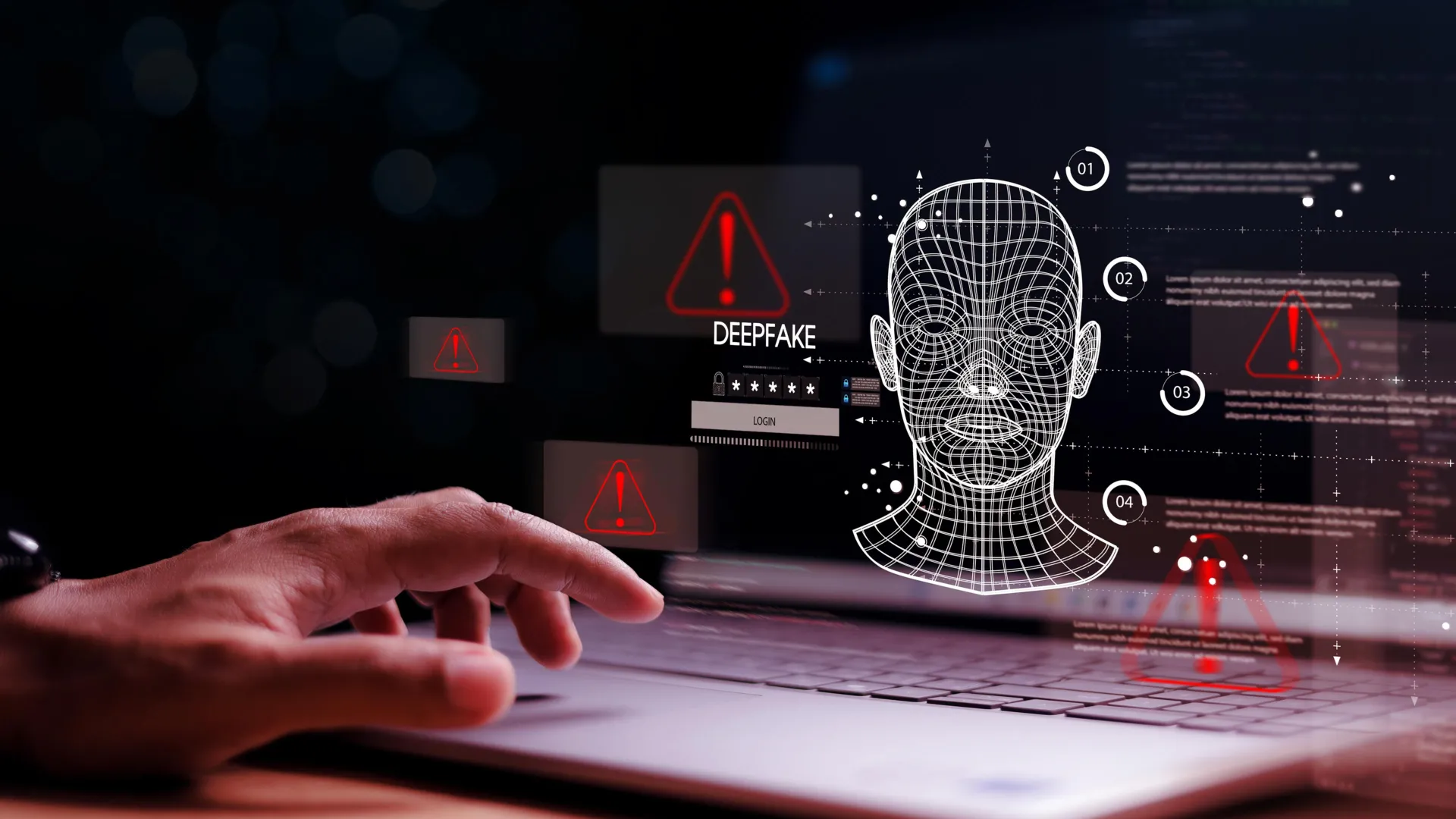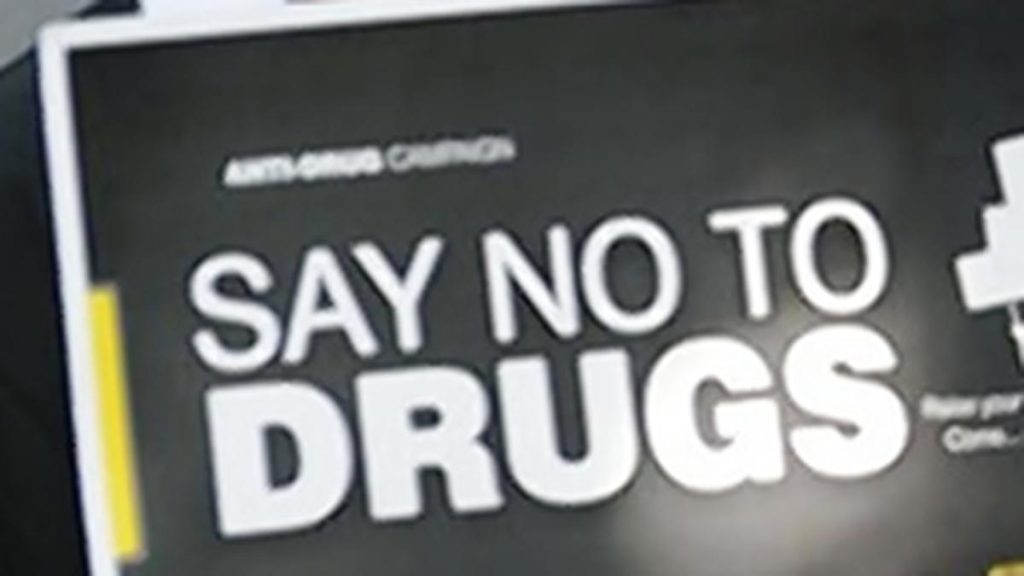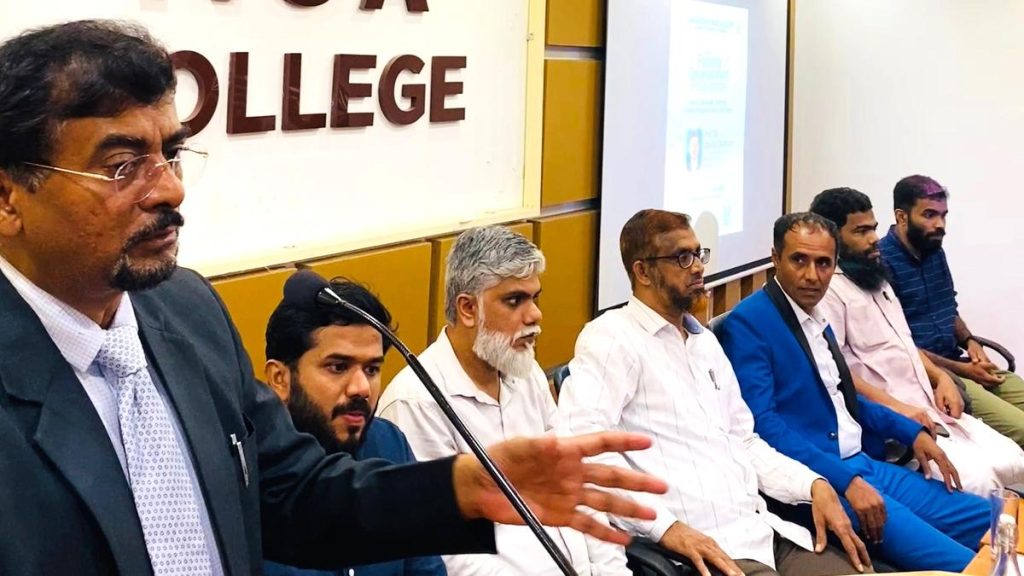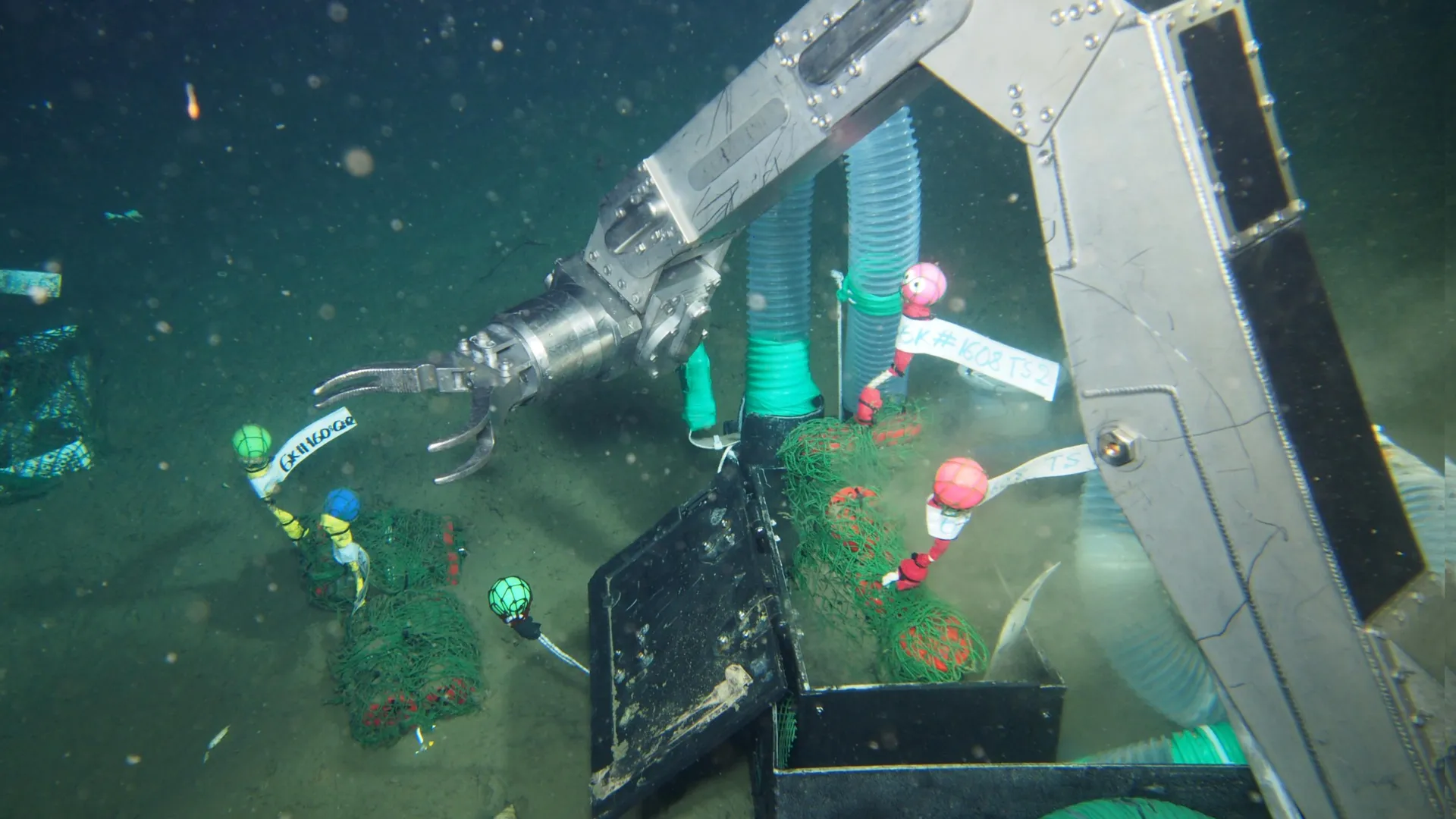Now Reading: Google Develops AI to Detect Deepfakes Beyond Facial Recognition
-
01
Google Develops AI to Detect Deepfakes Beyond Facial Recognition
Google Develops AI to Detect Deepfakes Beyond Facial Recognition

Quick Summary
- UC Riverside researchers,Amit Roy-Chowdhury and Rohit Kundu,collaborated with Google scientists to develop a video tampering detection system called UNITE (Universal network for Identifying Tampered and synthetic videos).
- UNITE analyzes full video frames, including backgrounds and motion patterns, rather than relying solely on facial content.
- Deepfakes have evolved beyond face swaps to include entirely fabricated videos created using generative models; UNITE aims to counter these advancements.
- The system uses transformer-based deep learning models and a training method called “attention-diversity loss” to detect spatial and temporal inconsistencies across multiple visual regions in each frame.
- Presented at the 2025 Computer Vision and Pattern Recognition Conference (CVPR), the research has been co-authored by Google experts alongside UCR scientists.
- Potential beneficiaries of UNITE include social media platforms, fact-checkers, and newsrooms aiming to combat video disinformation.
Indian Opinion Analysis
The development of tools like UNITE represents a significant advance in the fight against digital disinformation. As India’s digital landscape continues expanding rapidly with increased reliance on social media for data dissemination, such tools could be instrumental in safeguarding truth amidst growing challenges posed by manipulated content. With India’s vibrant democratic framework often vulnerable to misuse via deceptive political narratives or misinformation campaigns targeting public figures or institutions, broad adoption of universal synthetic video detectors may help mitigate societal risks.
While still under development, the potential application of technology like UNITE by Indian tech companies or government bodies could strengthen efforts toward responsible online governance. However, effective implementation may also require frameworks ensuring ethical usage without infringing on privacy or misidentifying legitimate journalism practices.























